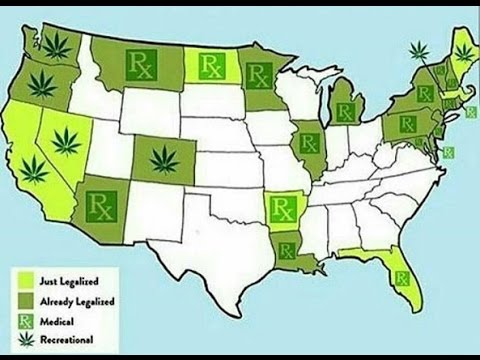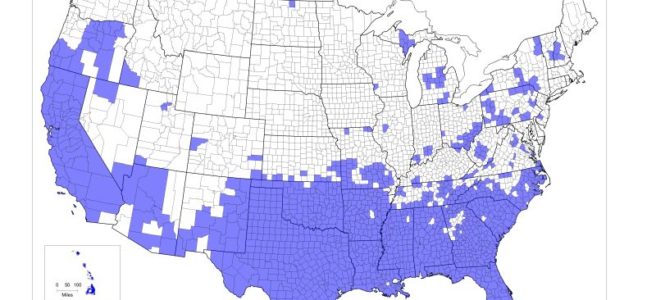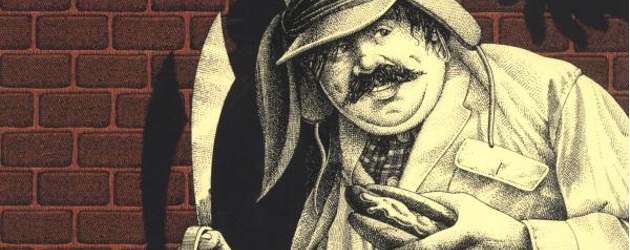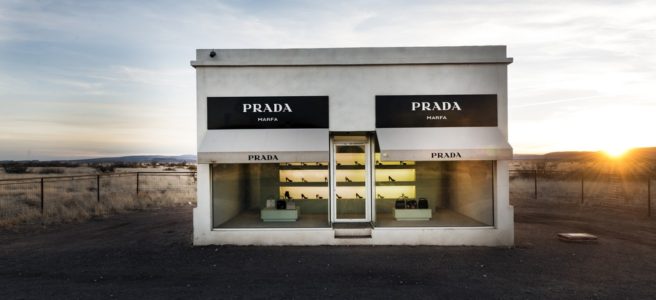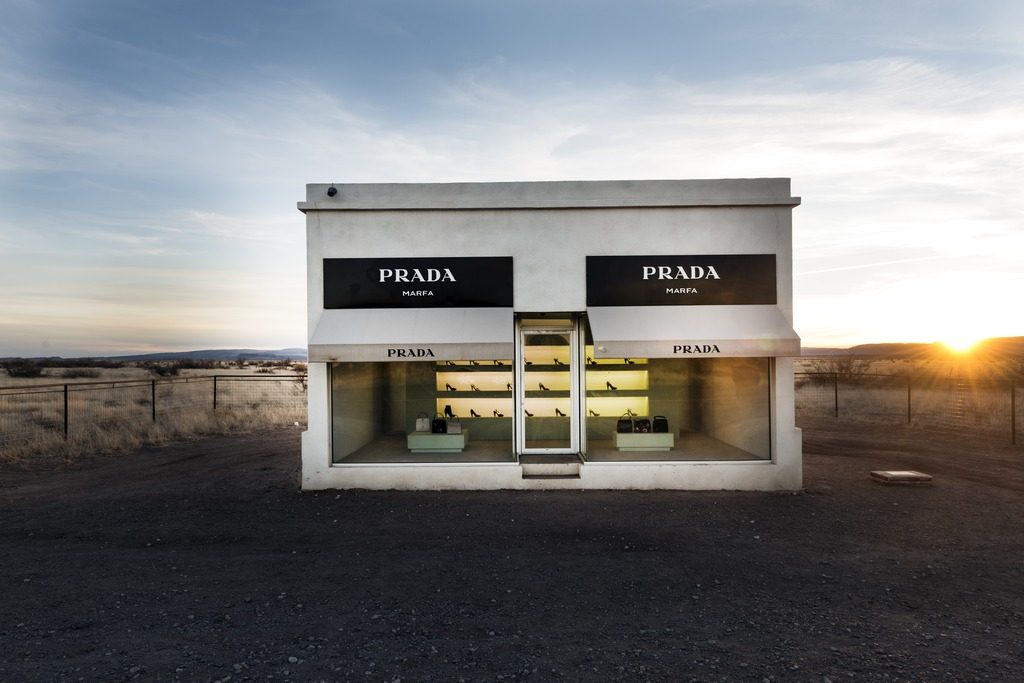You read the title of this post and are appalled. “Sure we are,” you say, and you point to a laundry list of well-considered arguments to validate your point. You articulate the absurdity that tobacco and alcohol are legal and weed is not, and the atrocities of the pharmaceutical industry’s efforts to manufacture our current opioid crisis.
You point to the various successes of Colorado, Washington, and Oregon, where legal marijuana generates tens of millions of dollars for public education and health programs, and has led to a 98% drop in marijuana arrests. You point to the national decline in drug trafficking and a recent report by the Washington Post which describes how legal marijuana markets are driving cartels to different drugs (meth and heroin [a much cheaper alternative to Oxycodone, say], mostly).
You may even tackle the larger, more existential questions surrounding the issue, like, “how do you outlaw a plant, bro? Like, it’s a plant. It just grows.” (Of course if you go there you’re almost certainly stoned right now.) And these arguments are all pretty much on point. You’re right. Weed should be legal. The problem is that we’re not ready yet.
There are a lot of strong arguments for legalization, and while it hasn’t quite decimated the black market like it was supposed to, it’s on the right track. The real issue comes with the lopsided enforcement of drug laws that we’ve seen since the so-called War on Drugs got started in the 80s, and the fact that it hasn’t budged.
Marijuana use occurs more or less independent of race. White folks, black folks, Latinx, pretty much everyone smokes weed in equal amounts. But according to the ACLU, blacks are about 4 times more likely to be arrested for possession than whites, and in some places, like Washington DC and Illinois, that number is closer to 10 times. These numbers haven’t budged in places where marijuana is legal. Hundreds of thousands of people are currently being held for non-violent drug offenses, and the majority of those people are minorities. While arrests for marijuana possession are down 98% in Colorado, they’re only down about 36% in Denver, where drug users are much less-white than in the rest of the state.
What we are seeing is the legal normalization of marijuana use for well-to-do white people, while poor minorities are still targeted and incarcerated for the same offenses. Right now 15% of the prison population looks forward to a future in which they will struggle to find work and living accommodations and reenter society in a meaningful way as they serve time for non-violent drug offenses. These people are disproportionately black and Latinx. At the same time, Marlboro is buying up Humboldt County and well-meaning/oblivious white people are cashing in. We cannot pretend to live in a just or egalitarian society while this is still the case.
None of this, of course, is necessarily a reason not to legalize marijuana, but any any measure to simply allow possession and sales needs to do much, much more. Legislation to legalize marijuana needs to release inmates who are being held for marijuana offenses. It needs to expunge those convictions and jail time from their records. It needs to provide job training, placement, and counseling to break the cycle of recidivism that leads 70% of nonviolent offenders to be arrested within 3 years of release.
A move toward legal marijuana needs to come with the cultural admission that it should never have been against the law in the first place, and that means making things right. It’s not enough to move forward, we need to look back at a tradition of injustice and right the wrongs where we still can.
Like

